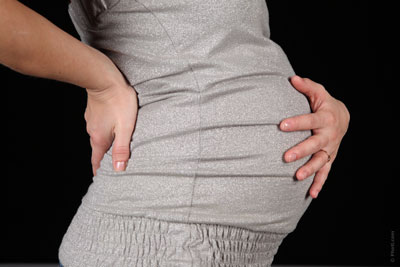What to Expect Before Labor?
You have surely heard about quite significant changes in the mother’s body that take place just a few weeks before the baby is born. So how can you recognize what they mean?

Some of the changes can remain unnoticed by the future mom, and others, on the contrary, will be too clearly seen to stay unrecognized.
Labor and Woman’s Brain
Of course, the woman’s brain is the first to get ready for the upcoming event, and the inhibitory processes get enhanced in the cortex. On the contrary, those subcortical systems, which are responsible for the regulation of labor, are activated.
Hormonal Changes before Giving Birth
Also, the female body faces the change of hormonal levels during this period. The ratio of hormones is changing, which means that the amount of progesterone, which is responsible for the preservation of pregnancy throughout its overall period, will start to decline, but the levels of oxytocin and estrogen will increase.
And this is due to the fact that both of these hormones contribute to the natural course of labor, preparing the cervix for delivery and contracting it in the process of childbirth.
But that is not all, since a woman can not observe these changes. She still has to face a more visible and tangible signals that indicate the coming of the “first meeting” with the child.
Breathing Becomes Easier
About a couple of weeks before giving birth, the future mom feels that breathing becomes easier, as the pressure on her pulmonary system is weakened due to the fetal head descending to the entrance of the pelvis.
Walking Problem
But, unfortunately, we are not exposed to positive changes only. There are some difficulties while walking and trying to draw the hips together, and it certainly causes the appearance of an uncomfortable sensation.
Frequent WC Use Before Delivery
Some future moms have to use WC often, because the baby’s head adds some pressure onto the mother’s bladder.
False Labor Pains
You can also expect the appearance of irregular contractions, and since they do not end with the opening of the cervix, they are called false and can last from several days to several hours.
Vesical Cervix Opening in Labor
But about six hours before the beginning of labor, there comes the time for the so-called preliminary period, when cervix is opening, accompanied by the pulling and cramping pain in the lower abdomen. In the normal course of pregnancy, one can wait for this phase to end at home, and not rush to the maternity hospital until the moment, when the contractions become regular, and their frequency is fairly intense, with the intervals of not more than ten or fifteen minutes.
Around the same time, maybe a little earlier, a mucus clot with streaks of blood comes out of the vagina. This process is quite natural, and therefore there is no need to panic. The formation of this mucus is influenced by estrogen, and the cervix goes out because of its expansion.
Baby’s Activity
The less time remains until birth, the less active the baby is, as there is not enough space for it in the womb, and it is not so comfortable for the baby to swim in the amniotic fluid, to toss and turn on its own. The baby is restrained to staying in the same position, occasionally straightening a hand or a leg.
Weight Loss during Pregnancy
In some situations, an expectant mom can lose a few pounds of weight.
Edgebone Pains
At about the thirtieth week of pregnancy, the expectant mother may have slack periodic pain in the sacrum. The reason for this is that the head of the fetus causes pressure on the nerve endings located in the area.
But, in spite of that, the woman is so pleased by the approaching encounter with her baby!
